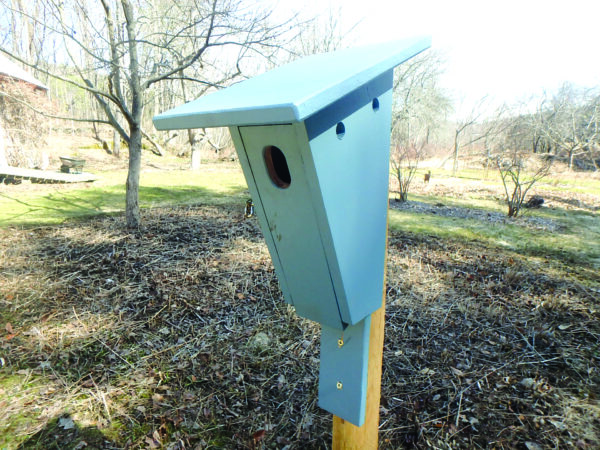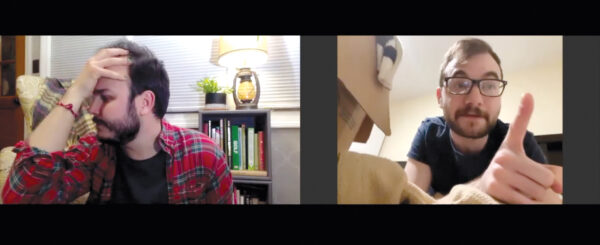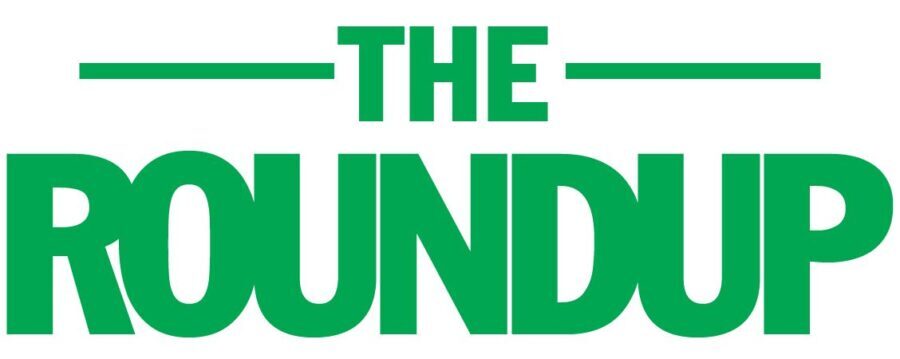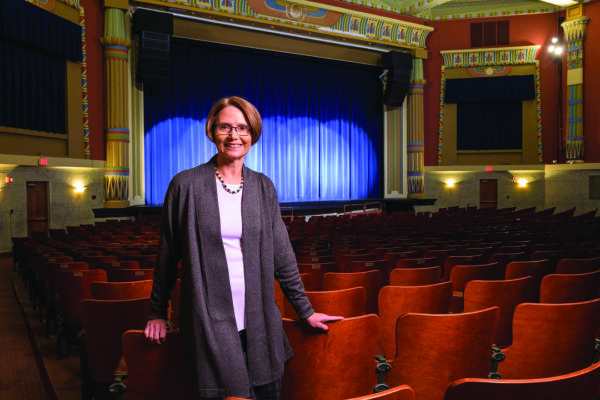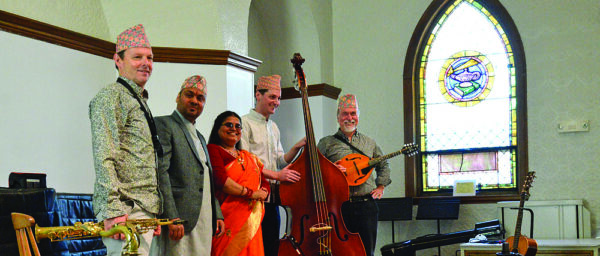Family fun for the weekend

Celebrate Earth Day
There’s still time to register for the Stonyfield Earth Day 5K; in-person participation closes at 9 a.m. on Thursday, April 15, but virtual registration is open until 11:59 p.m. on Friday, April 16. The race will be held in person on Saturday, April 17, starting at 9 a.m. and following a staggered time trial format. The 3.1-mile course starts and finishes in Londonderry’s West Soccer Complex, right near the Stonyfield Earth Day Fair. The cost is $30 for ages 21 and up, $25 for youth ages 12 to 20 and $15 for kids 11 and younger. The virtual run is $25. For more details or to register, visit millenniumrunning.com.
Make plans now to celebrate Earth Day at the New Hampshire Audubon Massabesic Center in Auburn. The Earth Day Festival will take place Saturday, April 24, with three time slots between 10 a.m. and 3:30 p.m., according to a press release. The day will be filled with nature activities like building a birdhouse, planting seeds, going on a scavenger hunt, taking a nature-themed walk and visiting the animals that live at the center. The center will not be releasing a recovered animal back into the wild as it usually does for Earth Day, but there will be an opportunity to meet one of the center’s ambassador raptors, like the barn owl, and everyone gets to take home a tree sapling to plant. Reservations are required; you can sign up for one of the time slots (10 to 11:30 a.m., noon to 1:30 p.m. or 2 to 3:30 p.m.) at nhaudubon.org or by calling 668-2045. The cost is $15 per family.
Math madness
Mathnasium of Nashua is hosting a Multiplication Madness Day Camp on Sunday, April 18, from noon to 2 p.m., with games and activities to help children review or learn multiplication skills. It’s geared toward kids in grades 2 through 5, but all grades are welcome, and previous multiplication experience isn’t necessary. Students will work in small groups with an instructor. The cost is $20. Space is limited. Call 242-2004 to reserve a spot.
Baseball is back
Single-game tickets to watch the Fisher Cats play ball for the first time in about 600 days are on sale now for the month of May, according to a press release. Their home opener at Delta Dental Stadium in Manchester is set for Tuesday, May 11, at 6:35 p.m. against the Somerset Patriots, with an Atlas Fireworks show after the game. That night kicks off a six-game homestand from Tuesday through Sunday, May 16, followed by another six-game series in Manchester against the Portland Sea Dogs from May 18 to May 23. You can get tickets now at nhfishercats.com or 641-2005. Tickets for games in June, July, August and September will be released later in the season as MLB capacity regulations continue to evolve, according to the release.
Featured photo: Stonyfield Earth Day 5K 2019. Photo courtesy of Millennium Running.


